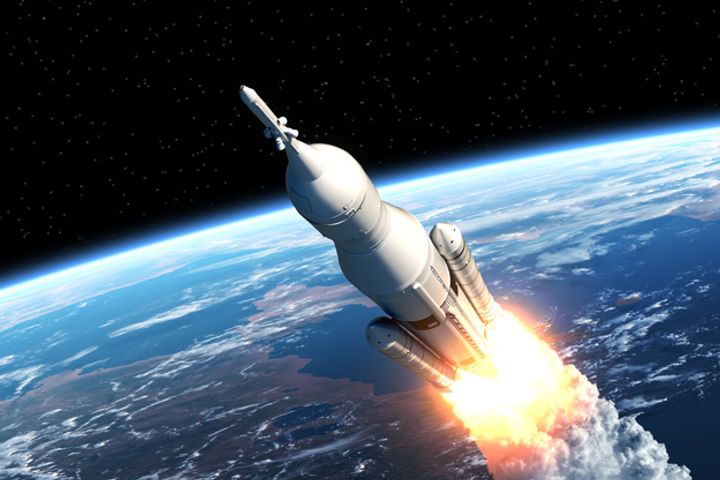 China Will Unveil Biggest Ever Heavy Rocket Engine Prototype This Year
China Will Unveil Biggest Ever Heavy Rocket Engine Prototype This Year(Yicai Global) March 5 -- China will showcase a prototype of its biggest rocket engine to engine to date in 2018, capable of holding 500 tons of fuel and marking a significant upgrade on the 120-ton capacity models used at present.
China Aerospace Science and Technology Corporation, the country's main contractor for its space program, has completed thermal testing of the rocket's core components and expects to reach assembly stage this year, Chinese new site Science and Technology Daily reported.
The development of more advanced heavy rockets is necessary to improve China's future large-sized space infrastructure, deep space exploration, manned lunar landings, and represents an important step in the country's efforts to become a galactic sector power. China's first heavy-rocket space launch is planned for 2030.
CASTC is also working on two other 200-ton and 25-ton liquid oxygen and liquid hydrogen engines, suitable for use during the second and third stages of heavy rocket launches.
The new models will bring China's space program up to world-class standards in terms of performance indicators such as thrust and thrust-to-weight ratio, said Liu Zhirang, director of CASTC's Sixth Research Institute.
Development of the 500-ton engine based on the current 120-ton engine is not a case of mere amplification, Liu said, adding that the technical difficulty increases geometrically. For example, increasing the thrust level to significantly augment the flow, pressure, and heat flow of the combustion apparatus is a huge challenge in terms of structural design, thermal protection, and heat conduction. The rocket also requires advanced material strength, sealing, and work reliability.